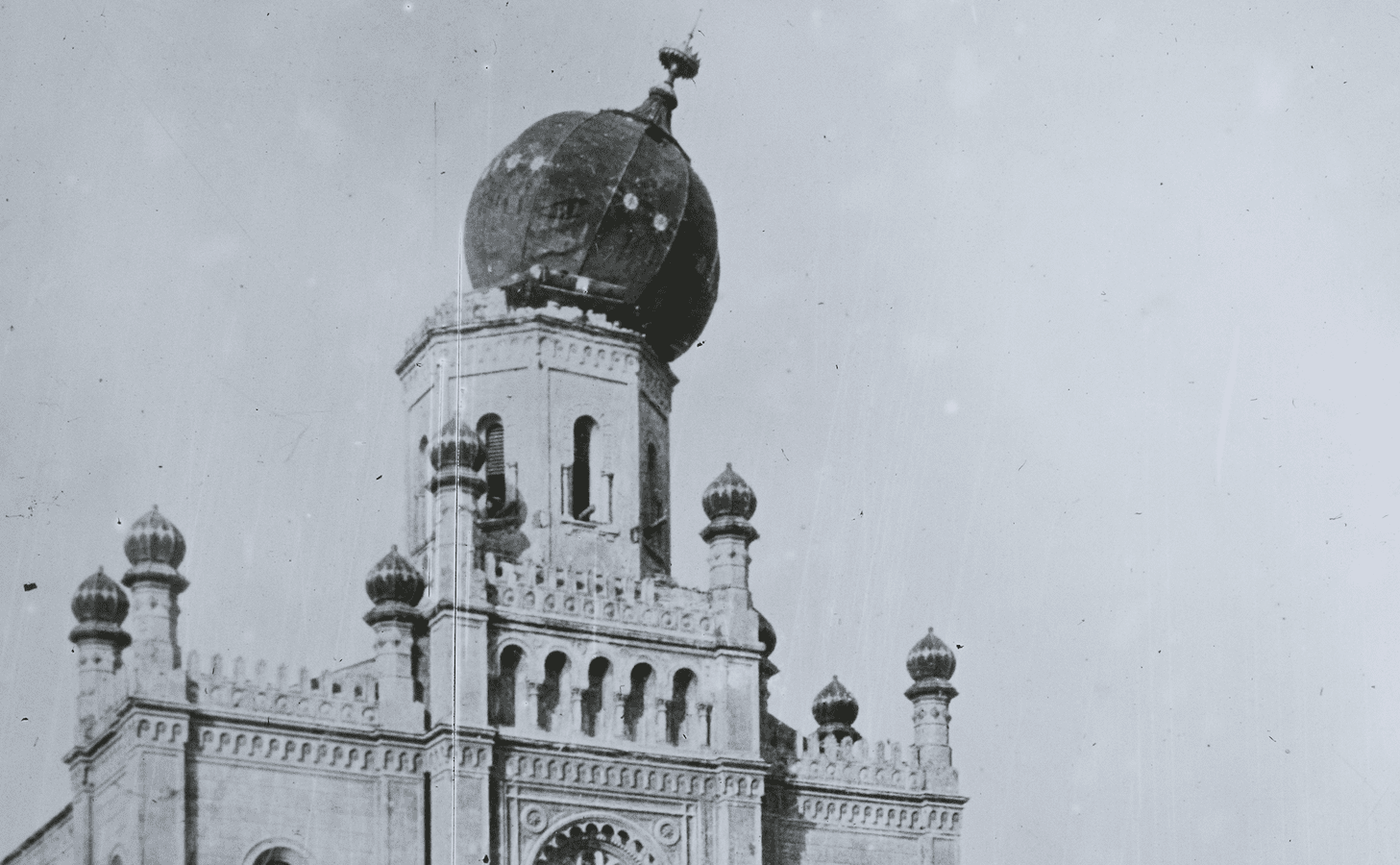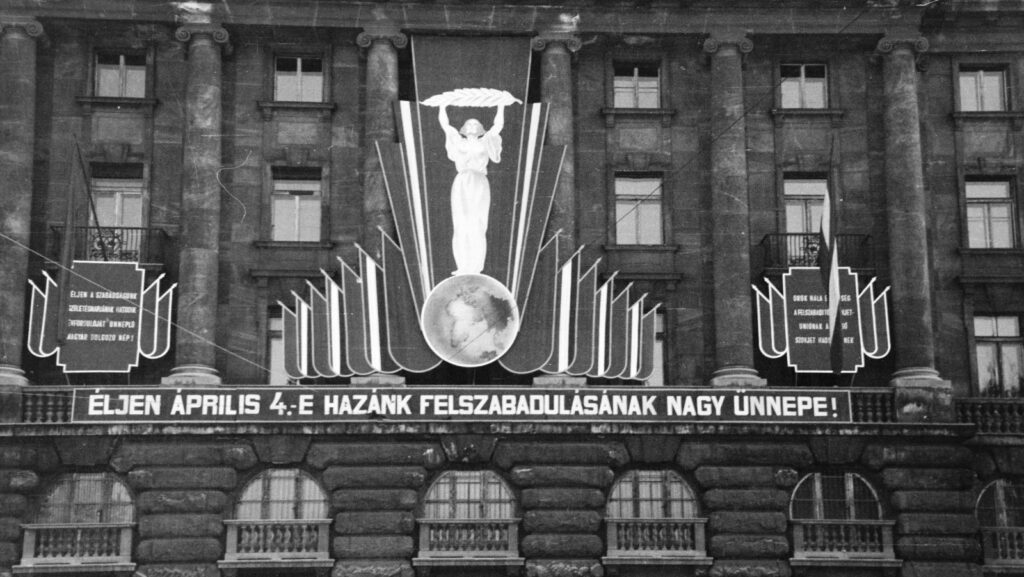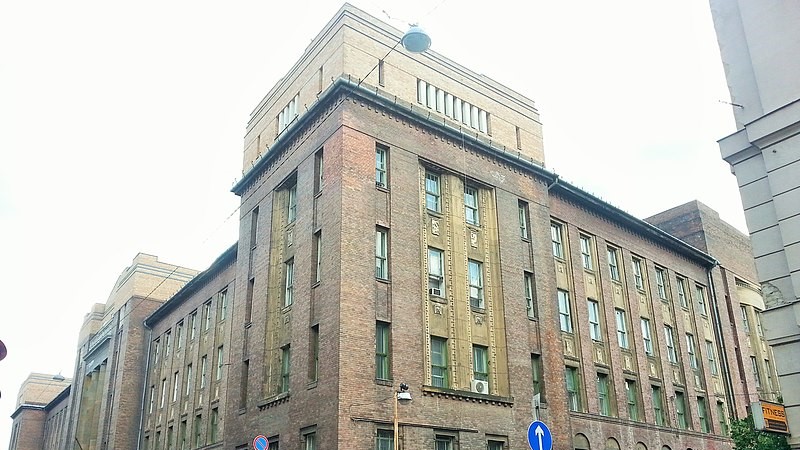80 years ago today, German forces occupied Hungary, to prevent the country from negotiating a separate armistice. A major misconception regarding the invasion is that Hungarians welcomed the occupiers and no resistance whatsoever was put up. To mark the sombre anniversary, we are now republishing a 2022 article by our regular contributor, acclaimed historian László Bernát Veszprémy that dispels that misconception.
Not much is known about the Hungarian armed resistance during the German occupation of 1944. Although not long ago an important book was published about the resistance in the capital city by historian Ákos Bartha,[i] the view that there was no resistance at all still prevails among historians. ‘In Hungary, there was no sign of any armed resistance or sabotage groups’, concluded one popular historian in 2019.[ii] This would presuppose a kind of peaceful hinterland typical of the First World War, but primary sources give a different picture. In the following, we mainly rely on the reports of Edmund Veesenmayer, the German ambassador to Hungary, supplemented by other German archival documents.
The first resistance action—in fact, with the participation of mainly leftists and resistance fighters from neighbouring countries—was the prison breakout in Sátoraljaújhely on 22 March, three days after the occupation of the country. According to a report on 30 April, the Hungarian gendarmerie had been monitoring a partisan group in Máramarossziget for some time, and at that time 110 people were arrested. There were deserters among them, but many of them had revolvers, pistols, explosives, and Hungarian military uniforms. On 4 May, an attempt was made to blow up a train at the Szepsi railway station in Upper Hungary (the explosion did not cause any damage). They also attacked trains in Bárdháza in Transcarpathia, on 9 May. On 15 May, a military column was attacked near Kassa, their wagons were robbed, and horses, food, and weapons were looted. The German report on this, based on military data, assumed 400–450 resistance fighters in the region.[iii]
On 16 May, in Kispálos (Transcarpathia), the Hungarian gendarmerie intercepted six resisters, who also had German uniforms, and were working on recruiting more resisters. On 18 May, one resistance fighter was shot south of Munkács, and on the 20th, three more were found with grenades and money, who probably arrived in Hungary by parachute. On 19 May, north of Beregszász, the gendarmerie liquidated a group of six people who were also found wearing fake uniforms. On 23 May, the resistors attacked Hungarian soldiers with grenades at Szolyva, and on 24 May, they shot at a guard post in Bács. On 19 May, 20 soldiers and six partisans clashed in the vicinity of a place called ‘Viköz’ (this village could not be identified, perhaps the German report mistyped it). Here one resister was shot, and a machine gun, propaganda material and Hungarian IDs were found in his possession. On 22 May, partisans sank cargo ships between Futak and Begecs near Újvidék. On 26 May, weapons were found in the possession of civilians during house searches in Kassa.[iv]
According to a report dated 2 June, German regular forces were deployed against a ‘bandit group’ of 120–140 people northwest of Marosvásárhely. On 3 July, 30 resistance fighters clashed with 10 border hunters near Tiszabogdány in Transcarpathia. According to the report, there were no Hungarian losses, but there was ‘bloodshed’ among the partisans. It would also be worthwhile to investigate more closely the sabotage actions on the Danube and other rivers, which were already reported on 22 May.[v]
Partisan activity did indeed exist in Hungary
The question does arise, formulated by the historian Nándor Pócs, as ‘whose resistance’ was this? Even though organized communist partisan activity in Hungary is largely considered a myth by today’s historiography, the reason for this may be primarily that the past regime magnified the activities of partisans sent to Hungary from the Soviet Union. While the latter really did much less than what was remembered, it is clear from the German and Hungarian law enforcement and public administration documents of the time that partisan activity did indeed exist in Hungary. As we will point out, the activities of these partisans may have been ignored due to their ethnic nature or for political reasons, or they may have been ‘redwashed’ (i.e., made to look communistic) afterwards.
Nevertheless, in the light of the sources cited here, the assumption that certain partisans held communist views seems well-founded. The majority of the resisters cited here can hardly be called Hungarian communists, as—according to the sources—those who showed armed resistance came from diverse backgrounds. The activities of the Yugoslav partisans operating on the southern border also raise the question of whether their activities can even be considered as a response to the German occupation that began after 19 March 1944. From the point of view of the Yugoslavs, the resistance started already with the Hungarian ‘occupation’ of Bácska. At the end of July 1943, the river guard in Alsókabol was attacked: resistors fired pistols at the Hungarian security forces, and then a melee took place.[vi]
By January 1944, the communist activists in Croatia began to target the neighbouring Hungarian territories with their activities, and distributed their pamphlets translated into Hungarian in Hungarian settlements. After 19 March, they only continued this activity.[vii] Although, according to a Szeged gendarmerie source, there were many exaggerated reports of paratroopers arriving in Hungary at the beginning of April, on 20 April the German secret police in Pécs reported to Veesenmayer about paratroopers in the area of Sellye—this apparently meant Yugoslav partisans. On 30 June, the Szeged Gestapo reported that the number of resisters in Bánát had increased greatly. At the beginning of July, a Hungarian soldier was killed in Ligetvár by resisters, probably Yugoslav partisans. In Nádaljam in the southern region, when local partisans appeared on 21 July, panic broke out and eighty families wanted to leave the settlement; in the end, the gendarmes had to bring back order.[viii]
These examples merely provide a quick glance into the history of armed resistance in rural Hungary during the German occupation. We have only consulted a few archival sources here and have not explored the vast archival material presented in rural, church, military archives, or the National Archives. Many examples of resistance were cited by the national committees (nemzeti bizottságok) after the Soviet occupation, in the people’s prosecutors cases and the people’s tribunal cases as well. These materials still need to be explored by Hungarian historians. The complete history of armed anti-Nazi resistance is yet to be written, and we can only hope that soon the full picture will emerge.
[i] Ákos Bartha, ’Véres város. Fegyveres ellenállás Budapesten, 1944–1945’ (Budapest: Jaffa, 2021).
[ii] Krisztián Ungváry, ’Hősök? A budapesti csata német katonai elitje’ (Budapest: Jaffa, 2019), 98–99.
[iii] On this see the telegrams of Veesenmayer to Berlin, Politisches Archiv des Auswärtigen Amtes (hereon referred to as PAAA), R100.892 2282.
[iv] On this see PAAA, R100.892 2282–2283.
[v] PAAA, R100.892 2282–2283.
[vi] Muzej Vojvodine (hereon cited as MV), 9/13-a.
[vii] MV, 9/17.
[viii] PAAA, R100.893 2282, 2285.








